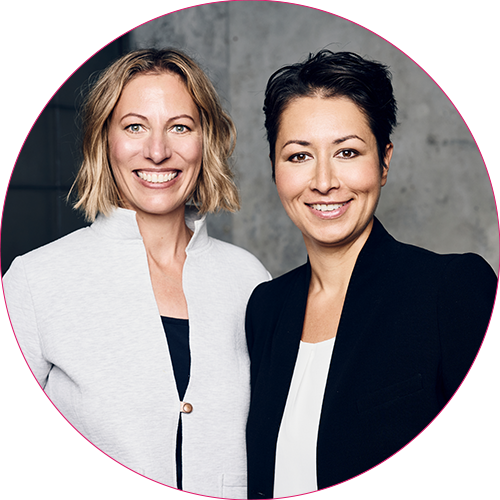Pioneer
The Max Planck Society and its Max Planck Digital Library
The idea for a science-driven blockchain infrastructure was born in 2018 within the Max Planck Society — initiated by Friederike Kleinfercher and Sandra Vengadasalam from the Max Planck Digital Library. What began as an internal solution for trusted timestamping of research data soon evolved into a global vision.
In early 2019, eleven leading research institutions from ten countries gathered at Ringberg Castle on Lake Tegernsee in Bavaria to officially launch the bloxberg consortium — marking the beginning of the world’s first blockchain network operated exclusively by scientific organizations. From the outset, the Max Planck Society played a pioneering role in shaping the network: not only as initiator and co-founder, but also as a long-term advocate for scientific sovereignty, open infrastructure, and decentralized trust.
Backed by decades of leadership in Open Access and Open Science, the Max Planck Digital Library views Decentralized Science (DeSci) as the next logical chapter in the evolution of scientific research and communication. With bloxberg, this vision becomes reality: a decentralized, verifiable, and transparent infrastructure — governed by the scientific community and open to new forms of collaboration, innovation, and participation.

Friederike Kleinfercher
Max Planck Society“We were very surprised to learn that there has as yet been no global approach such as bloxberg to meet the specific needs of the scientific community in the blockchain world. This is why we decided to create our own, public, approval-based, and transparent blockchain. So whoever operates a bloxberg node is publicly known and has to fulfil the consortial criteria.”
DR. Sandra Vengadasalam
Max Planck Society“We constantly hear from our researchers that they would like to have a ‘timestamp’ or a certification option for their research data, hypotheses, and methods – especially before they are published. Blockchain technology is the natural answer to solving this problem. But not just any blockchain – one made by scientists for scientists!”